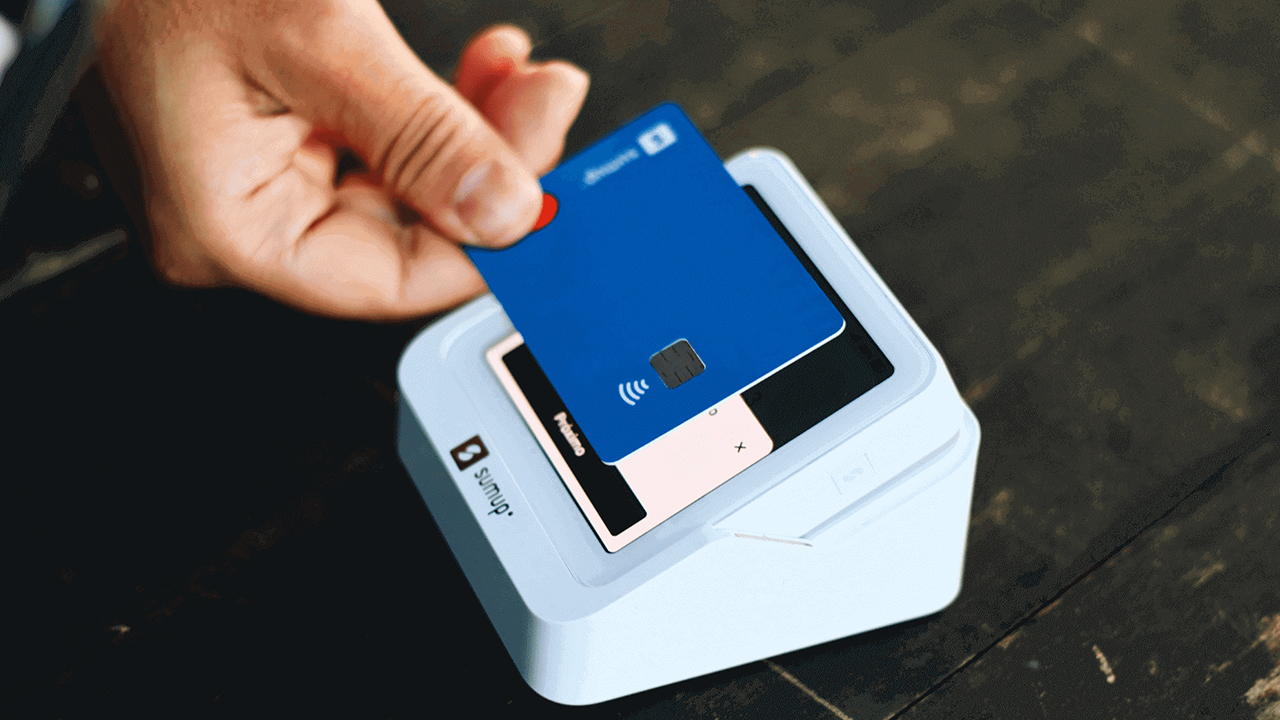RFID card dispensers have revolutionized card issuance processes across various industries by offering speed, convenience, and enhanced security. Understanding how RFID card dispensers work is essential for organizations seeking to implement efficient card distribution systems.
This comprehensive guide looks into the inner workings of RFID card dispensers by exploring their operation, applications, and benefits. Focusing on Lintecht’s expertise in access control solutions, it provides a complete understanding of RFID card dispensers and their role in modern card issuance.
What is RFID Technology
Radio Frequency Identification (RFID) technology utilizes radio waves to wirelessly transmit data between RFID tags and readers. RFID tags contain electronic components that store unique identifiers, which can be read by RFID readers to identify and track objects or individuals. RFID technology offers advantages such as contactless operation, long-range reading capabilities, and high data storage capacity.
An RFID card dispenser consists of several key components, including an RFID reader, dispensing mechanism, control unit, and interface. The RFID reader communicates with RFID tags embedded in cards, while the control unit manages card dispensing operations based on user inputs or system commands. The dispensing mechanism retrieves cards from a storage hopper and delivers them to the user upon request.
How RFID Card Dispensers Work
The heart of the RFID card dispenser lies in Radio-Frequency Identification (RFID) technology. Here’s how the dispensers work:
User Authentication and Card Request
The RFID card dispensing process begins when a user authenticates their identity using a credential such as a proximity card or access code. Once authenticated, the user initiates a card request through the dispenser interface or control panel, signaling the dispenser to retrieve and dispense a card.
RFID Tag Detection and Verification
Upon receiving the card request, the RFID card dispenser activates the RFID reader to scan for nearby RFID tags within its detection range. When an RFID tag is detected, the dispenser verifies the tag’s unique identifier against a database of authorized users or access permissions.
Card Retrieval and Dispensing
Once the RFID tag is verified, the dispenser's dispensing mechanism retrieves a card from the storage hopper and presents it to the user through a designated card slot or tray. The user can then collect the dispensed card for use in access control, payment, or other applications.
Benefits of RFID Card Dispensers
The advantages of utilizing RFID card dispensers extend far beyond streamlining the card issuance process:
Enhanced Security
RFID card dispensers offer enhanced security by requiring user authentication and verification before dispensing cards. This ensures that only authorized individuals can access sensitive areas or services, reducing the risk of unauthorized entry or misuse of cards.
Improved Efficiency
By automating the card dispensing process, RFID card dispensers improve operational efficiency and reduce reliance on manual intervention. This streamlines card issuance workflows, reduces wait times, and enhances overall user experience.
In Conclusion
RFID card dispensers offer a seamless and secure solution for card issuance in various applications, including access control, ticketing, and membership programs. Understanding how RFID card dispensers work enables organizations to leverage their benefits effectively, enhancing security, efficiency, and user convenience.
Remember, you can streamline card distribution processes and optimize your access control systems for greater effectiveness and reliability with innovative RFID card dispenser solutions from Lintechtt. Thus, don’t hesitate to check their website out to have a clear understanding of these well-designed mechanical systems.


